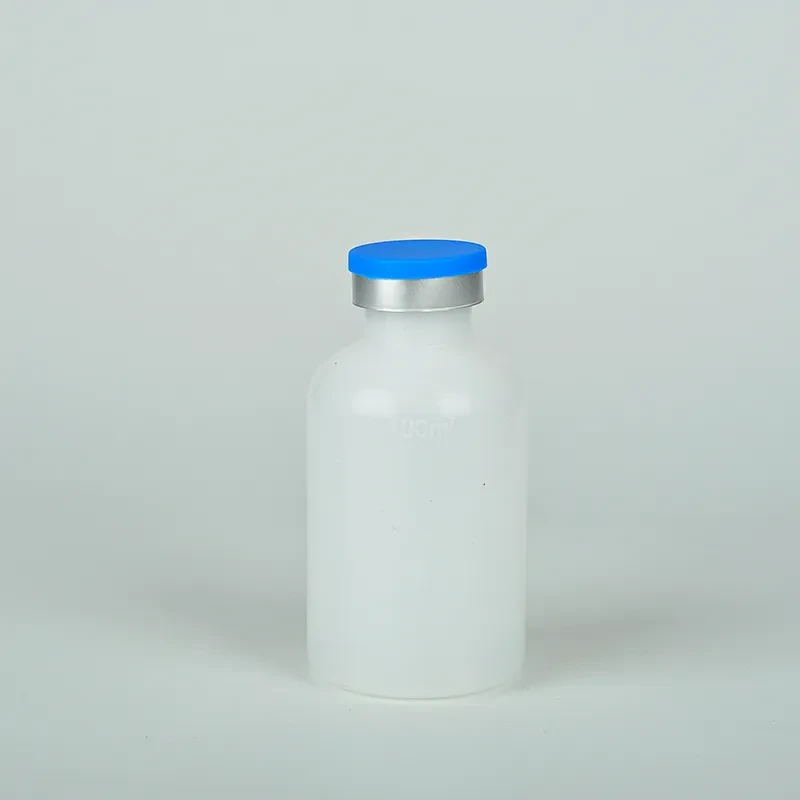petri dish sizes
Exploring Petri Dish Sizes A Comprehensive Guide
Petri dishes, also known as Petri plates or cell-culture dishes, are vital tools in laboratories and research settings, primarily used for microbiological, biochemical, and other biological applications. The size of a Petri dish can significantly influence experimental outcomes, such as growth rates of cultures, surface area for colony development, and even the distribution of nutrients or inhibitors. Understanding the various Petri dish sizes available is crucial for scientists and researchers to select the appropriate size for their specific needs.
Common Sizes and Their Applications
Petri dishes come in a variety of sizes. The most common diameter measurements are 90 mm, 100 mm, and 150 mm, each serving a distinct purpose in laboratory settings.
1. 90 mm Petri Dishes Often used for routine microbiological work, the 90 mm Petri dish is a staple in many labs. With a smaller surface area, it's ideal for growing smaller quantities of cultures, which can be advantageous for experiments that require limited resources or when working with expensive media. The smaller size also facilitates easier handling and storage. When experimenting with specific isolates or conducting preliminary tests, the 90 mm dish is often the go-to choice.
2. 100 mm Petri Dishes This size is frequently used for a wide range of applications, including isolation of bacterial colonies, fungal cultures, and antibiotic susceptibility testing. The added surface area over the 90 mm dish allows microbiologists to grow more significant quantities of organisms without overcrowding. Furthermore, the 100 mm size is often recommended for experiments requiring larger sample sizes or multiple strains, as it provides ample space for colony differentiation and expansion.
3. 150 mm Petri Dishes These larger dishes accommodate extensive experiments that necessitate a significant amount of culture growth. They are commonly employed in industrial microbiology, where large-scale culture production is crucial. The 150 mm dish is also used for experiments that require more space for various conditions or treatments applied across different segments of the dish. For researchers studying bacterial biofilms or interaction between different species, the larger surface area enables a more profound investigation into ecological dynamics.
Factors Influencing Petri Dish Size Selection
petri dish sizes

When selecting the appropriate size of a Petri dish for an experiment, several factors should be considered
- Type of Experiment The nature of the experimental design plays a critical role. For instance, if an experiment involves multiple treatments or conditions, larger Petri dishes may be necessary to adequately differentiate between each scenario.
- Type of Organism The growth characteristics of the organism in question should be considered. Some microorganisms develop larger colonies that may require more surface area to grow effectively without inhibiting one another.
- Available Resources Cost and availability may also dictate the size of the Petri dish. Larger dishes or specialty dishes may incur additional costs and require more media, which can be a consideration for budget-conscious laboratories.
- Sterility and Handling Smaller dishes may be preferred when working in strictly controlled environments, while larger dishes may be more challenging to manage aseptically.
Conclusion
In conclusion, the various sizes of Petri dishes—90 mm, 100 mm, and 150 mm—serve unique purposes in biological research and experimentation. Whether for routine microbiological work, large-scale culture production, or specialized studies, selecting the right size is crucial for obtaining reliable and valid results. Understanding how to choose the correct Petri dish size not only reflects a researcher’s knowledge but also contributes to the integrity and efficiency of scientific inquiry. With advancements in laboratory techniques and an increasing demand for precision, the role of Petri dishes will continue to be pivotal in microbiology and related fields. As researchers continue to explore the microbial world, the importance of utilizing the appropriate Petri dish size will remain a foundational aspect of experimental design.
-
Aesthetic Makeup Spray Bottles | Fine Mist Empty RefillableNewsAug.19,2025
-
White Plastic Veterinary Vaccine Vials | Lab Liquid BottlesNewsAug.18,2025
-
Plastic Medicine Liquid Bottle: Secure Flip Top Drug VialsNewsAug.17,2025
-
Durable 250ml Blue Plastic Vaccine Vial for Lab & Vet UseNewsAug.16,2025
-
Sterile Virus Sample Tubes: Secure & Reliable Specimen CollectionNewsAug.15,2025
-
White 250ml Plastic Vaccine Vial for Lab & Vet MedicineNewsAug.14,2025
























